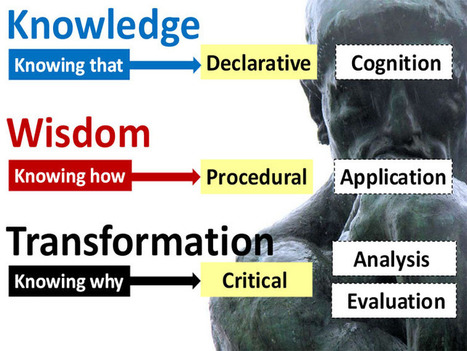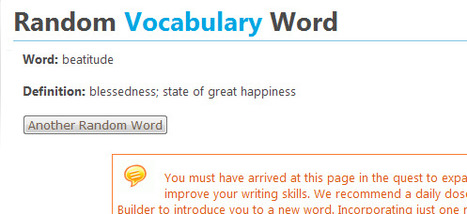"Reading, in terms of scale and diversity, is different than it used to be. Thinking, in terms of context and application, is also different.
It makes since that learning is also changing–becoming more entrepreneurial than directly didactic. That is, more learner-centered ... than teacher-controlled."



 Your new post is loading...
Your new post is loading...











adicionar a sua visão ...